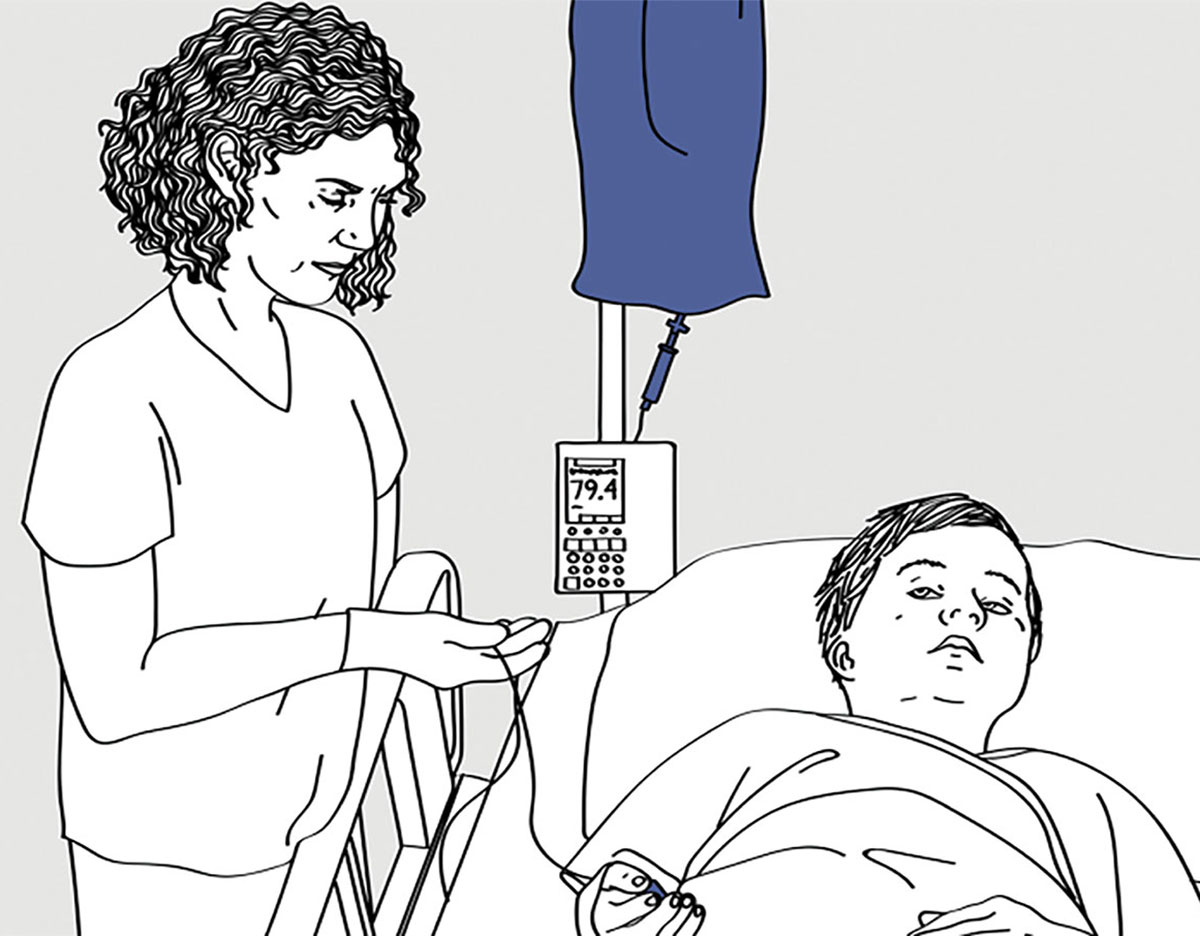- Joined
- Apr 9, 2006
- Messages
- 5,699
- Reaction score
- 7,746
- Points
- 8,221
- Location
- Ohio
- Attending Physician
Kink in tube or massive airway booger. Some type of obstruction.
Tension pneumo will also cause incredible obstruction but is incredibly unlikely in this scenario.
Immediately after intubating? These are not things seen immediately after sticking in that tube and trying to bag. Wall of airway resistance from massive airway booger in the trachea? Aspirated solid material (e.g. coin) causing complete airway obstruction?Definitely way far down the ddx for routine case compared to bronchospasm. Lots of asthmatics out there, lots of URI sox and obvious anaphylaxis causing profound beonchospasm should be on the list.



